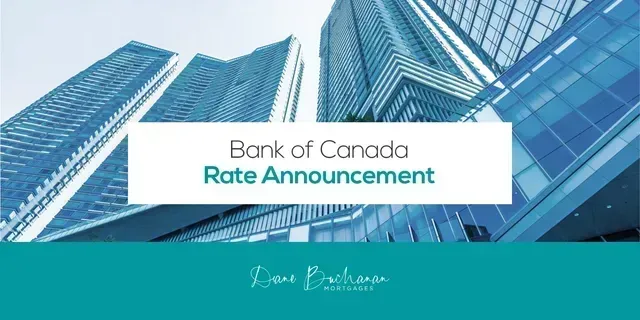It’s a New Day… and a New Mortgage Application
Every time you apply for a new mortgage, your application has to stand on its own merit. Just because you were approved for a mortgage in the past doesn’t guarantee you will be approved for a mortgage in the future. Every application is its own thing! It doesn’t matter if you have have been a homeowner for 20 years with an impeccable repayment history or you are saving a down payment for your first home, we all start fresh.
So it’s always a good idea to start with or review the basics!
Mortgage financing, to the lender, is all about managing risk. In order to secure financing you will have to prove yourself as a “good risk.” To do this, lenders will scrutinize the following four areas of your mortgage application: your employment, credit history, down payment, and the property itself.
Employment
When you apply for a mortgage you are asking to borrow money, in most cases, a lot of it. The first question the lender will ask is, how can you afford to pay them back. They want to be sure that you have the ability to repay their money, with interest. And they don’t just take your word for it. Of course you believe you are good for the money… they need proof. You will be required to provide documentation that outlines your current employment status, and depending on that status, you might have to further support your income by proving a two-year history of earnings.
The stronger your employment history, the stronger your application.
Credit History
After assessing your ability to repay the mortgage by looking at how much money you make, the next best way to determine if you will make your mortgage payment on time is by looking at how you have managed other loans. Your credit report is a history of how you manage your financial obligations. It is a detailed account of every time you have agreed to borrow money, and your track record of following through. All this information is brought together inside a machine and you get what is called a credit score, which is a three-digit number between 300 and 900.
The higher your score, the stronger your application.
Downpayment
After assessing your ability to repay the money, and your past history of doing so in a timely manner, the lender wants to see that you have some “skin in the game.” Gone are the days of 100% financing, where you could get a mortgage with no money down. A 5% downpayment is the absolute minimum, where 10% is going to give the lender a lot more confidence in your ability to save money, while putting down 20% will bring you into a conventional mortgage where you don’t have to take our CMHC insurance. Typically, lenders want to see that you have accumulated your downpayment through savings, however there are other options to source your downpayment.
The more money you have to put down, the stronger your application.
Property
Most people either don’t realize or forget that the property itself is part of the mortgage application. The property is what the lender is holding as collateral in case you default on your mortgage. So if you don’t pay your mortgage as agreed, and they are forced to repossess your property and liquidate it in order to recuperate their money, they want to be sure that the property is in good shape. This is why writing a purchase agreement without a condition of financing is a bad idea. You could be the most solid applicant in Canada, but if the property isn’t a good risk, the lender won’t issue a mortgage.
There you have it. A lender will agree to give you a mortgage only when it is satisfied that:
you have an ability to repay the mortgage
you have the history to show you will repay the mortgage
you have some skin in the game
you want to buy a solid property…
The good thing about working with a Dominion Lending Centres mortgage professional is that you don’t have to approach any lender alone. We present your financial information to the lender on your behalf, and negotiate with the lender directly to ensure you get the best mortgage product available
This article originally appeared in the June 2016 Dominion Lending Centres Newsletter.




